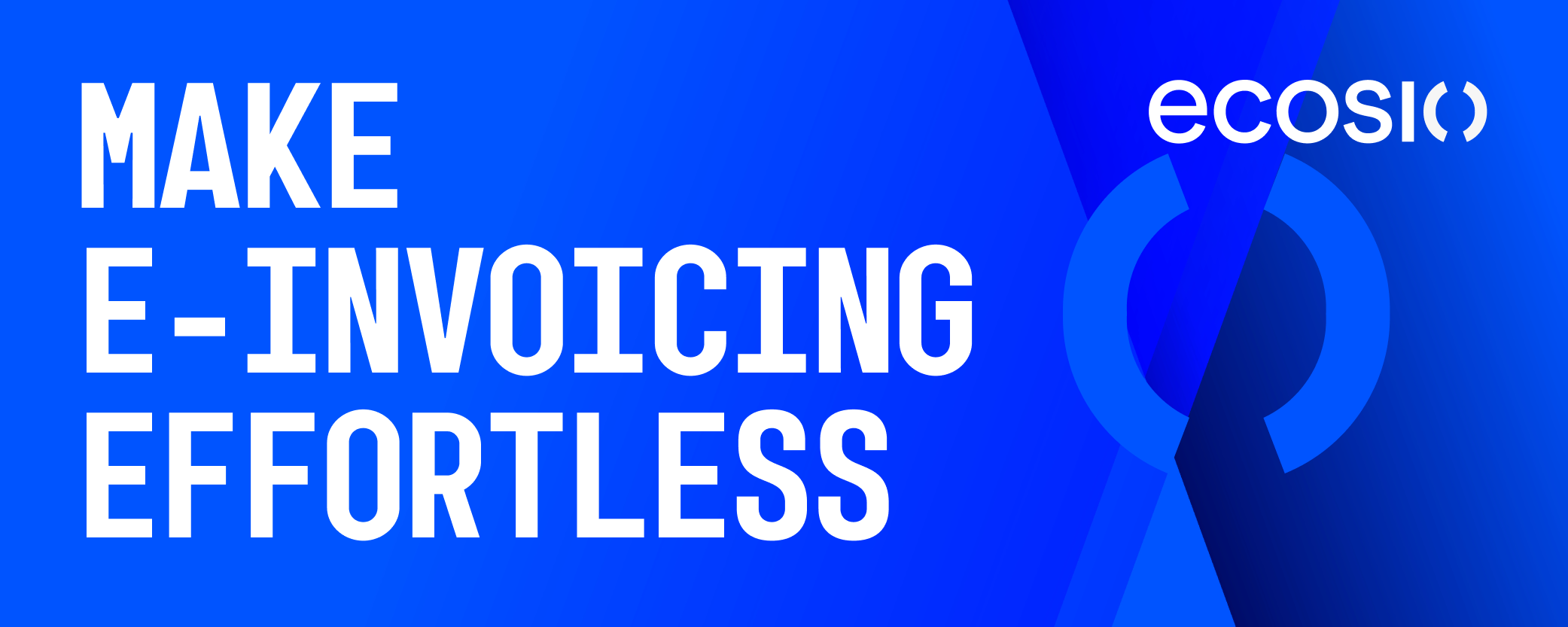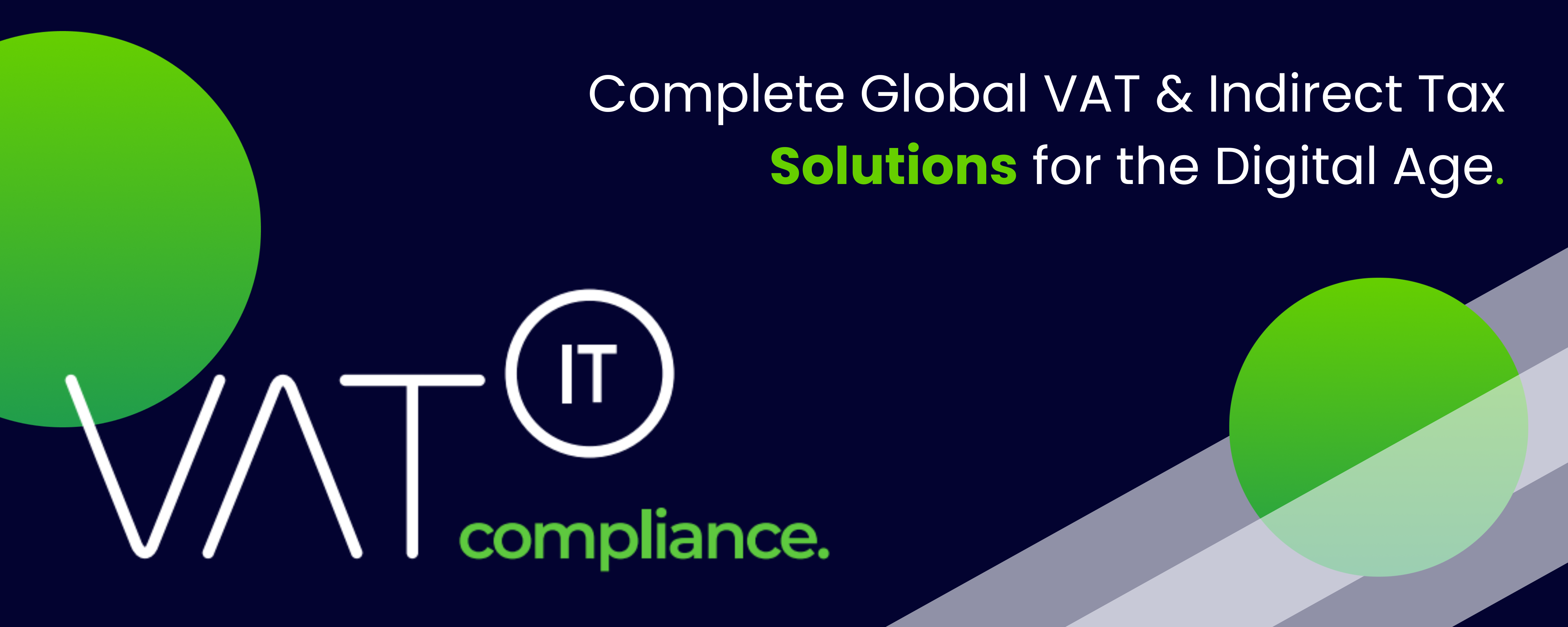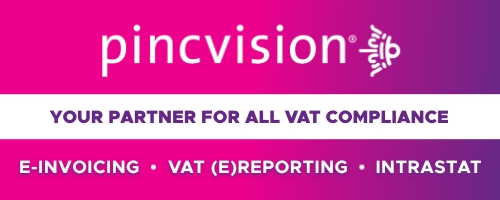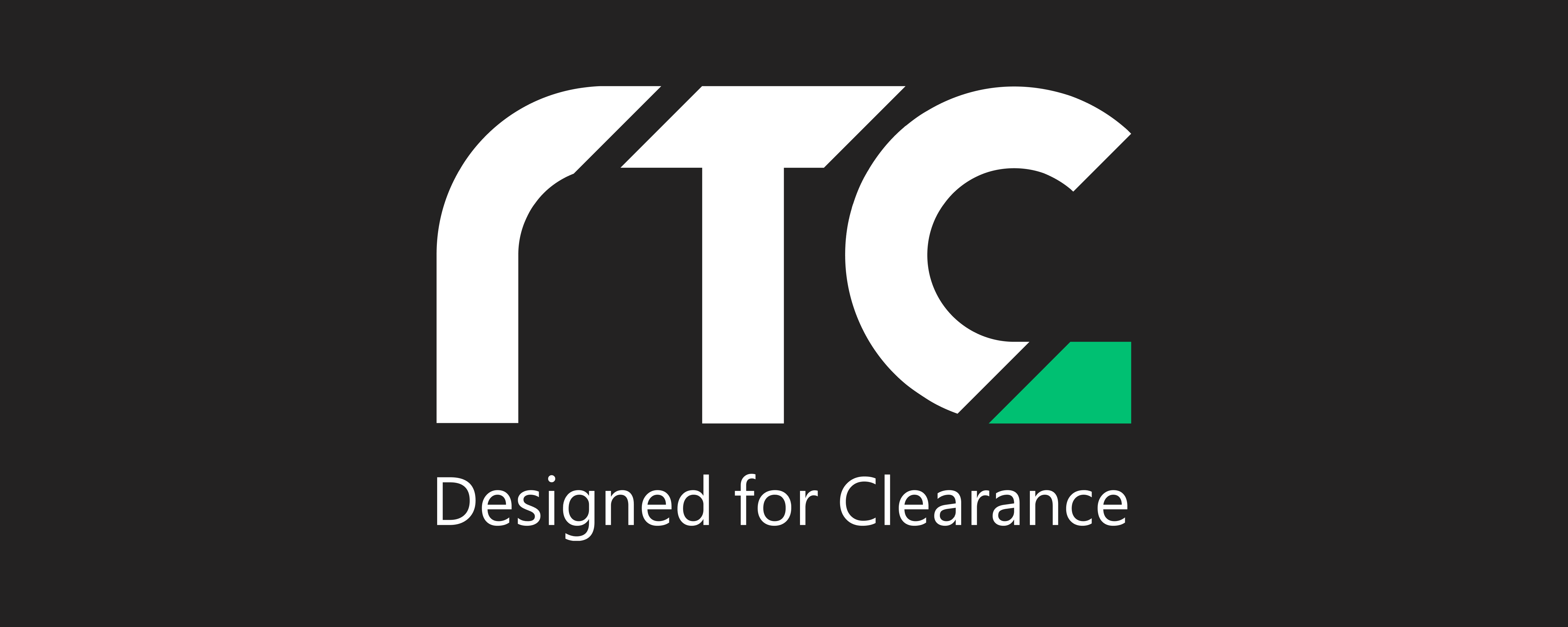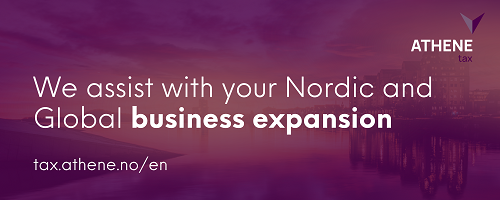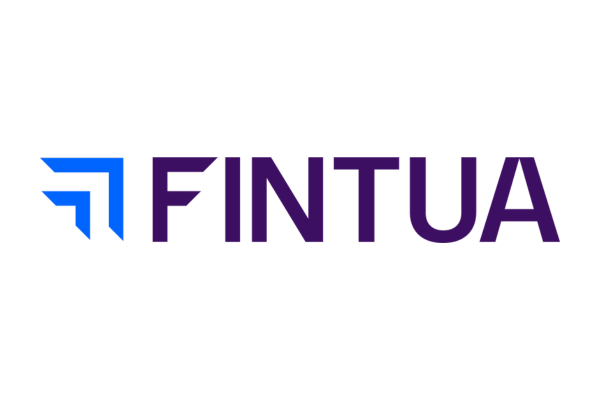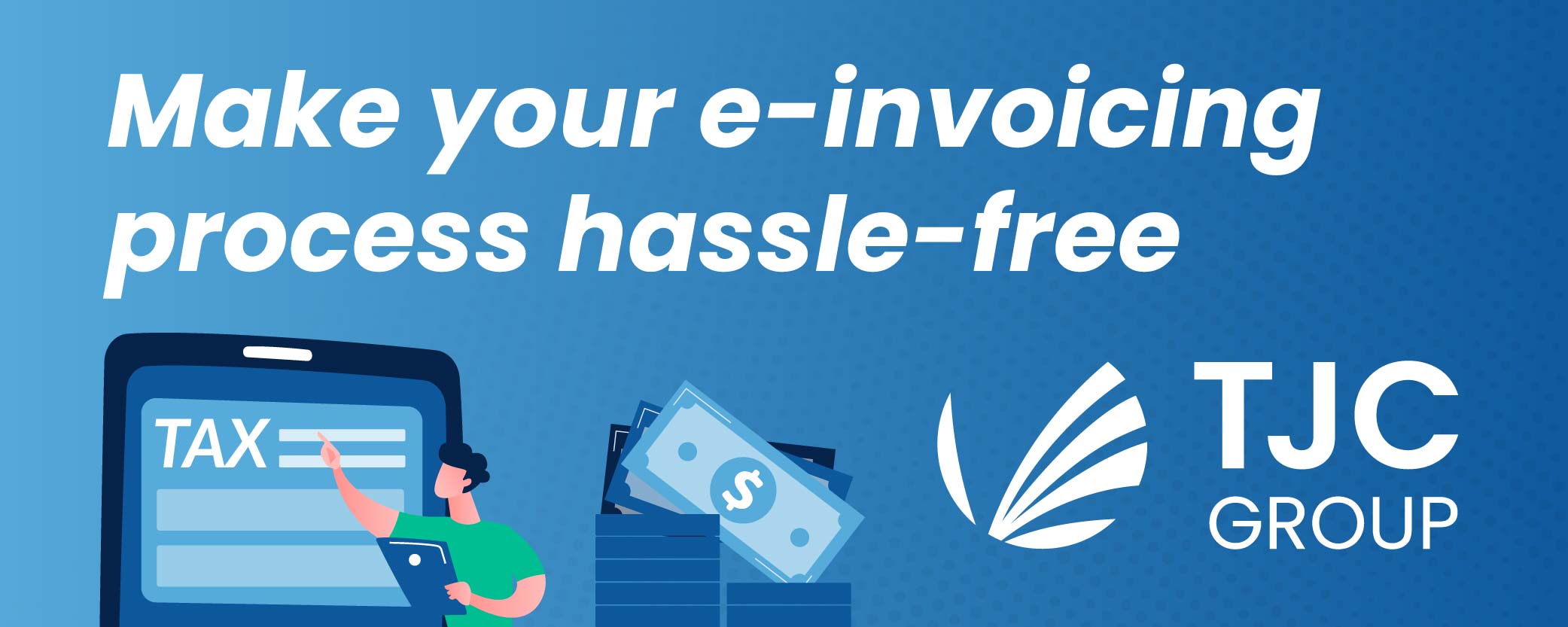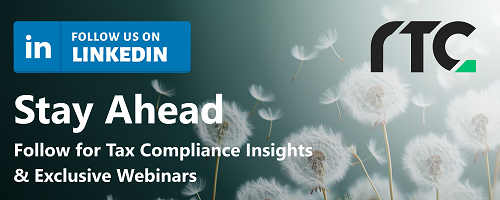- To qualify for voluntary taxation, a rental property must be used for continuous use in a business where transactions are partially or fully deductible.
- The requirement for continuous use can be met through a lease agreement of at least one year or other objective circumstances.
- Continuous use can also be met if the property is rented to multiple tenants simultaneously or on a rotating basis, as long as all tenants engage in business with deductible transactions.
- Voluntary taxation is not possible if the landlord uses the rented property together with the tenants without any exclusive rights to a specific area, even if all parties engage in business with deductible transactions.
- The intention of the landlord and the actual continuous use of the property by the tenant in a business with deductible transactions are both considered.
- In the case of mixed business activities, the tenant must use the property continuously in a part of the business that at least partially involves deductible transactions.
- The voluntary taxation applies on a property-by-property basis.
- This statement replaces a previous statement from June 22, 2017, regarding the concept of continuous use in voluntary taxation for value-added tax.
- The new statement allows for voluntary taxation when a landlord rents to multiple tenants without exclusive rights to a specific area and when the property is rented on a rotating basis.
- However, voluntary taxation still requires that the property is only rented to tenants engaged in business with deductible transactions.
- The new statement also includes the definition of mixed business activities, where a tenant uses the property for their own business with deductible transactions while also renting it to other tenants without exclusive rights to a specific area.
Source: www4.skatteverket.se
Note that this post was (partially) written with the help of AI. It is always useful to review the original source material, and where needed to obtain (local) advice from a specialist.





